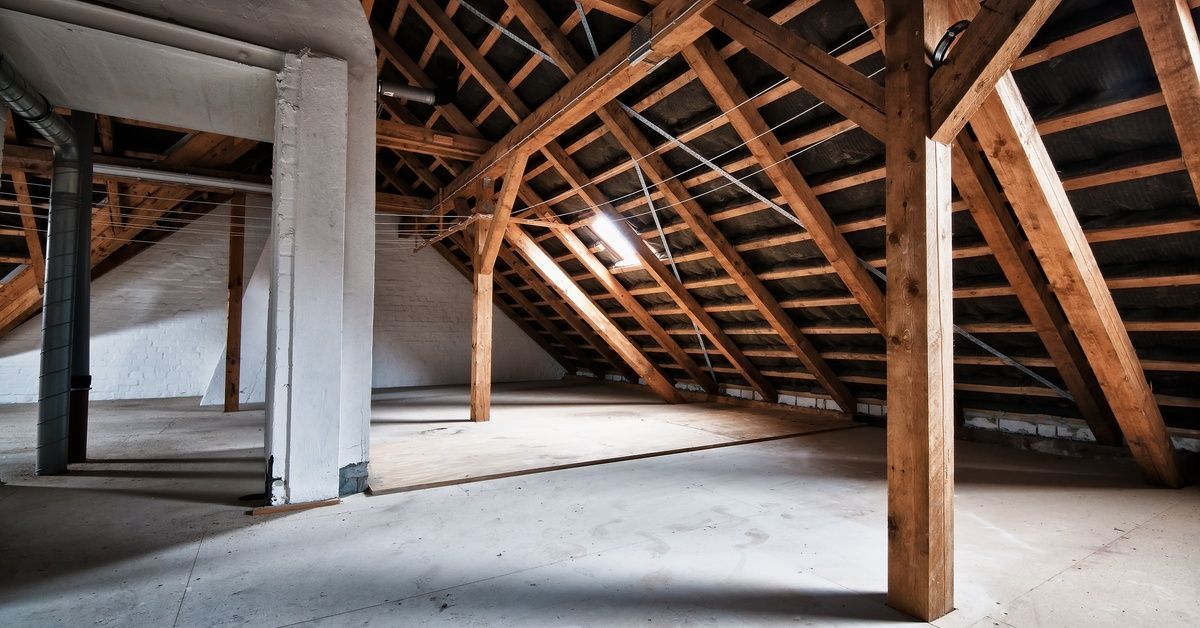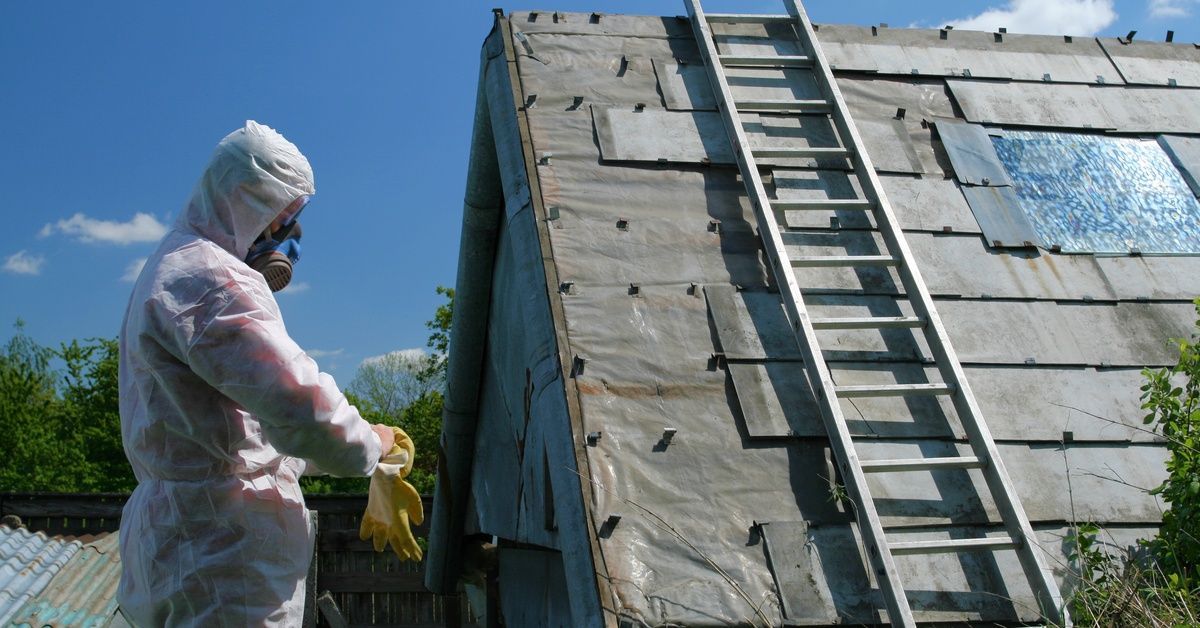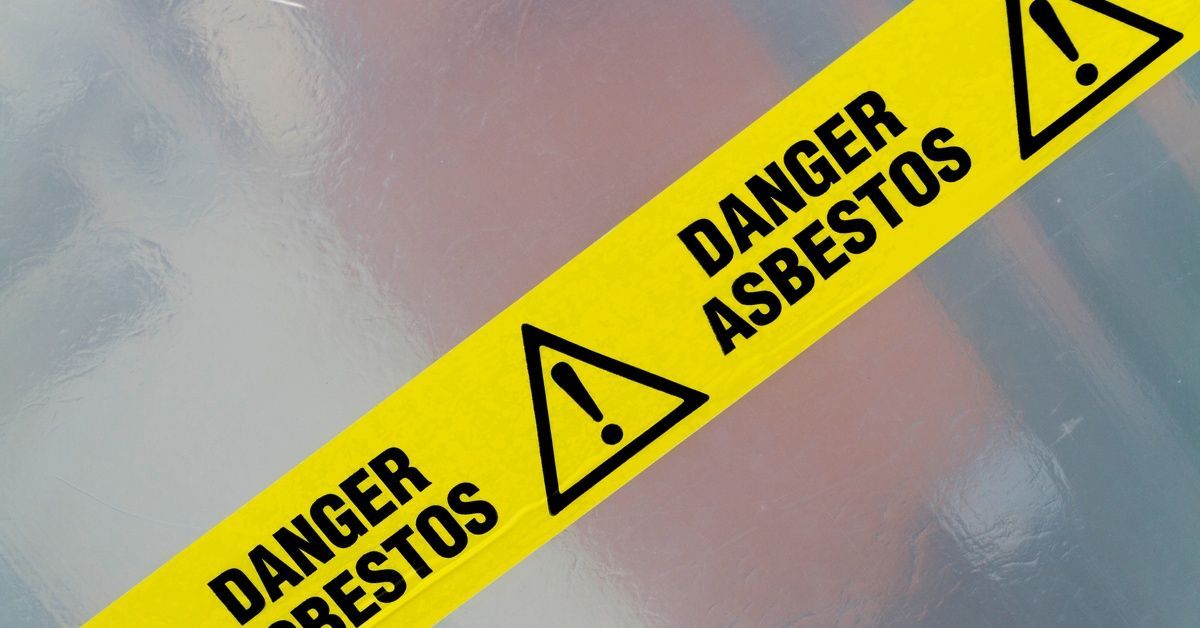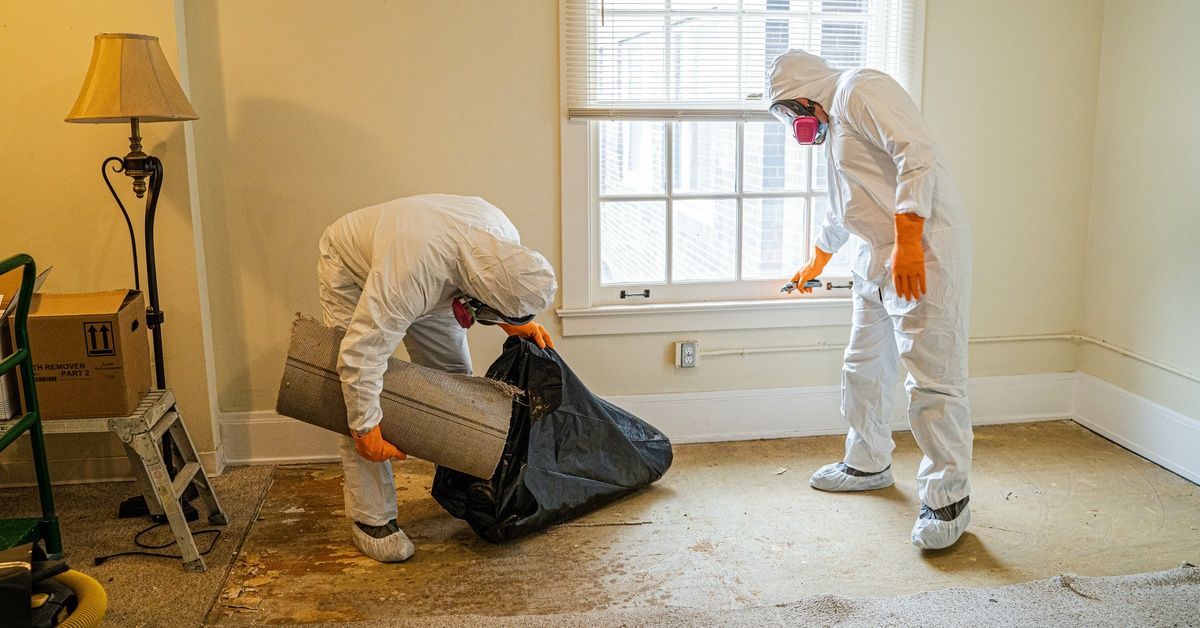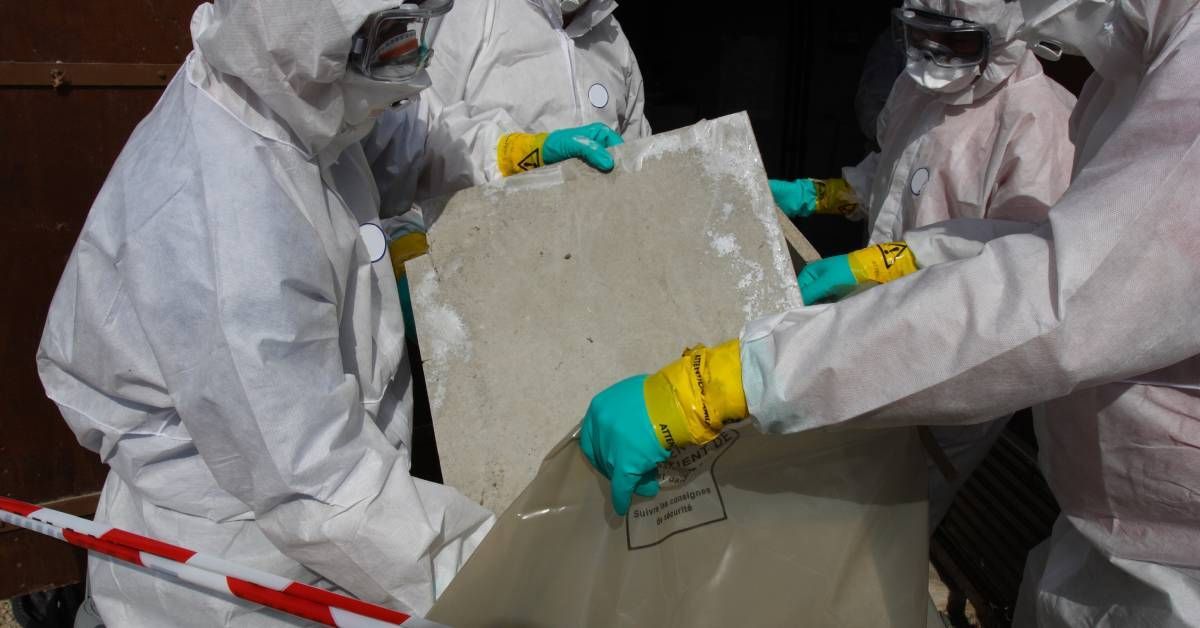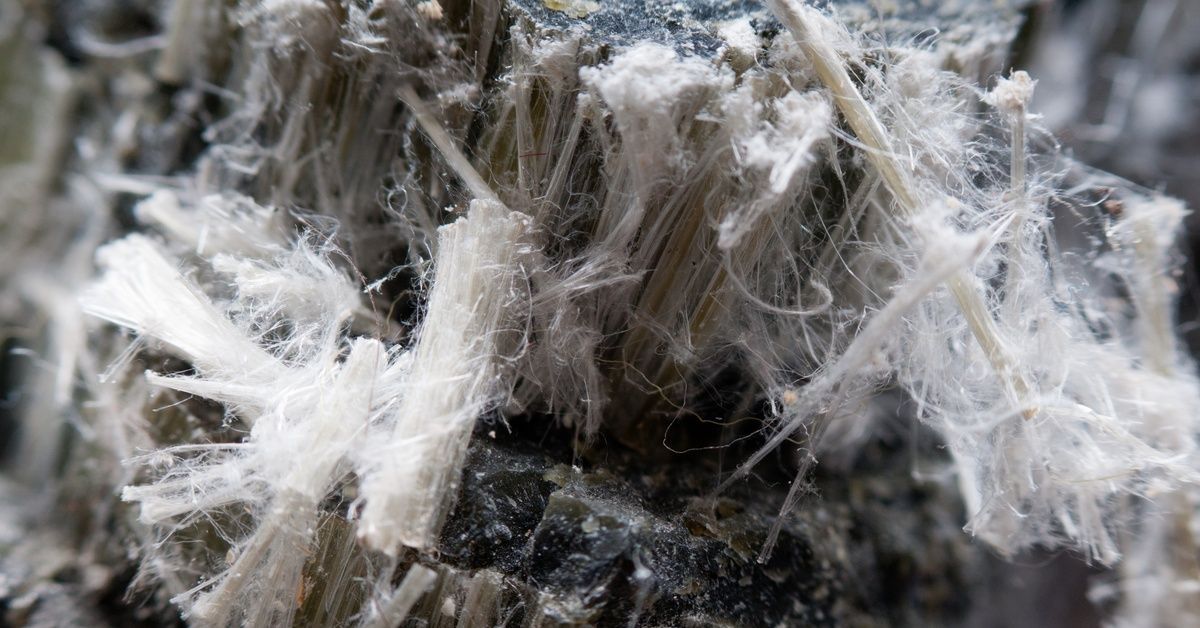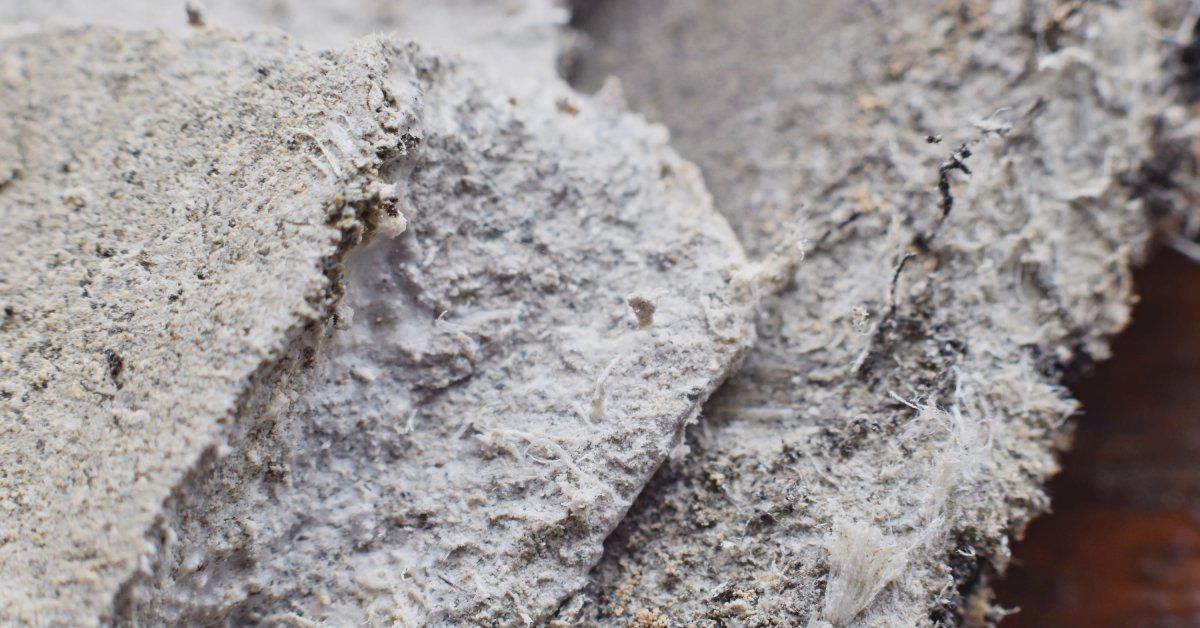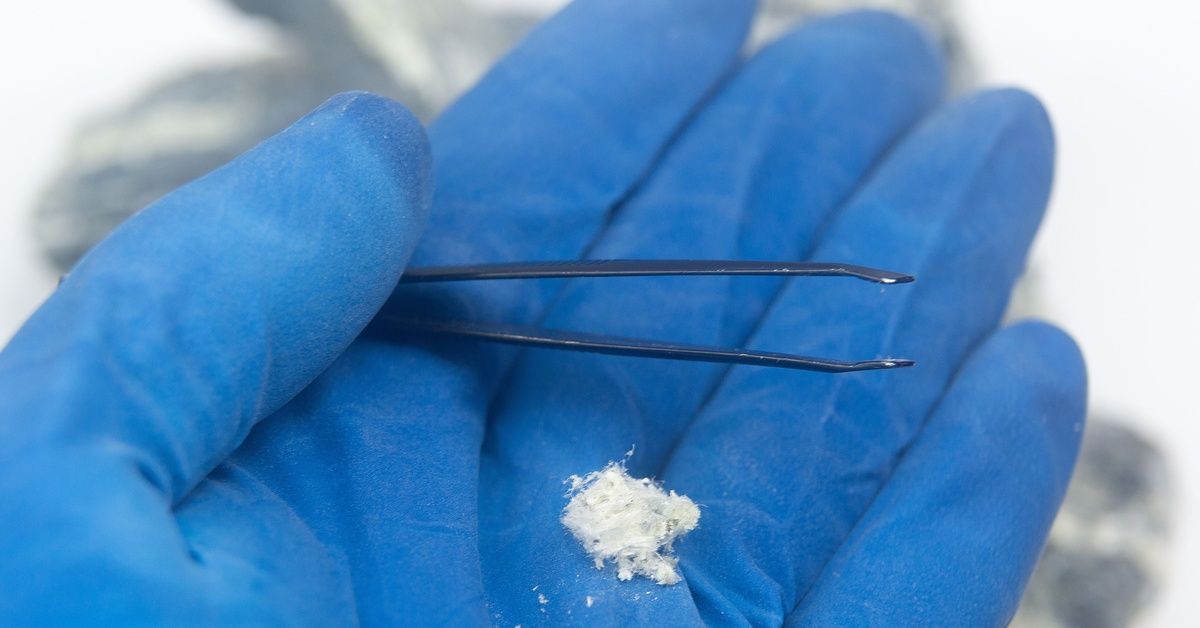5 Ways Children Can Be Exposed to Asbestos
Asbestos exposure poses significant health risks, and children are especially vulnerable due to their developing lungs and immune systems. Therefore, it’s crucial for parents and homeowners to understand how children can encounter this hazardous material. Let’s explore the top five ways children can be exposed to asbestos so that you can better protect your family.
1. Contaminated Dust Brought Home From Work
When adults work in industries like construction, mining, or automotive repair, they may unknowingly bring asbestos fibers home on their clothing, shoes, or tools. These fibers can settle into carpets, furniture, or bedding, creating an ongoing risk for children who play or crawl in these areas.
Since asbestos fibers are microscopic, they can linger undetected for extended periods, making it essential to establish strict decontamination practices. Employers and employees should prioritize protective gear and thorough cleaning to prevent cross contamination in homes.
2. Aging Building Materials in the Home
Many older homes built before the 1980s contain asbestos in insulation, floor tiles, and roofing. Over time, these materials can deteriorate, releasing asbestos fibers into the air.
Children are especially at risk when they play near damaged walls, ceilings, or floors. Roughhousing can disturb asbestos-containing materials, increasing exposure risks. Homeowners should schedule regular inspections to identify and address potential hazards, obtaining professional asbestos abatement when necessary.
3. School and Daycare Facilities
Public and private facilities, including schools and daycare centers, may also contain asbestos in their construction materials. If building construction occurred before the 1980s, there’s a chance the ceiling tiles, pipe insulation, or flooring could contain asbestos.
Renovations, maintenance, or general wear and tear can release asbestos into the air. Parents should inquire about the safety measures in their children’s schools or day are centers to certify these spaces comply with regulations for asbestos management and abatement.
4. Outdoor Play in Contaminated Areas
Asbestos can also be present in soil or debris near construction sites, former industrial facilities, or areas with natural asbestos deposits. Children playing outdoors in these environments may unknowingly disturb asbestos-containing materials, releasing fibers into the air.
Tracking dirt from contaminated areas back into the home can further increase exposure risks. Parents should monitor where their children play, avoid areas with visible debris or construction activity, and clean outdoor toys and shoes before bringing them indoors.
5. Secondhand Items and Toys
Secondhand or vintage items—such as old toys, household goods, or furniture—manufactured before asbestos regulations took effect may contain the hazard. Children who handle or play with these items may face asbestos exposure.
When purchasing secondhand goods, inspect items carefully, avoid anything with extremely notable wear or damage, and try to gauge the manufacturing date. If in doubt, consult with a professional to determine the safety of these items.
Understanding the five ways children can be exposed to asbestos is the first step in creating a safer environment for your family. To ensure proper handling and disposal, always consult with professionals for inspections and abatement. Contact Air Safe for asbestos removal in MA to protect your home and loved ones from this substance’s dangers!

